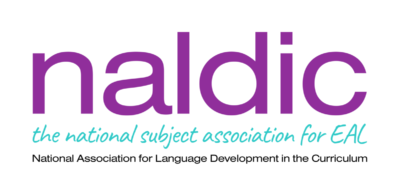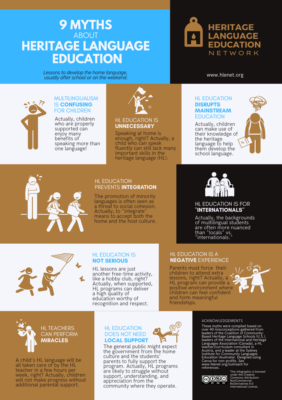NALDIC committee members reflect on the role of multilingual education in communities and community schools after the new Global Call to Action for Heritage Language Education
In February, many schools celebrate International Mother Language Day, a UNESCO initiative to remind us of the importance of preserving our linguistic resources and celebrating multilingualism for the development of inclusive societies (UN, 2023). Last year in our blog post we reflected on the role of multilingual education in light of the new picture of the languages spoken in the UK (2021 Census). This year, let’s look at how this diversity is not just celebrated but nurtured and developed in heritage language education.
How should societies across the world respond to the languages of migrants, immigrants, and refugees, and how can heritage language and literacy education programs be best supported?
Starting from this crucial question, the newly established Global Heritage Language Think Tank published a manifesto outlining concrete actions that can be taken by a whole range of actors in language education and beyond. Research clearly shows the benefits of multilingualism and the possibilities offered by multilingual education. We think about moving beyond the idea of ‘allowing’ the use of languages to start encouraging and enabling them by creating spaces where minority languages are allowed to breathe. Such spaces, however, are not always easy to maintain.
Heritage language learning happens mostly outside of the public education system and activities are organised by community-based associations, which are often run by parents and volunteers. Financial sustainability and teacher training are only some of the many challenges faced by the communities that commit to transmitting their heritage languages to their youngest members.
As the manifesto says, “If no action is taken, we risk seeing decreased linguistic diversity, language attrition and related generational trauma, increased alienation and conflict, and violations of linguistic human rights.”
What can we (all) do?
Here is just a glimpse of the recommendation that can be found in the Call to Action document. Familiarising yourself with the heritage language programs or similar initiatives that are operating in your local community can be a first step towards supporting your pupils’ heritage languages. Awareness of community initiatives -and that HLE is a thing!- is a crucial starting point.
The Heritage Language Education Network, founded in 2018 in Eindhoven (Netherlands) produced a useful infographic to help debunk some misconceptions about heritage languages and multilingualism more broadly
You can also reflect on linguistic human rights and the United Nations’ notion of “intangible cultural heritage”. Change starts from little acts!
As someone interested in languages (if you found this post because you follow NALDIC’s activities), or as a friend of someone interested in languages (perhaps, you received a link to this post from someone else), you can explore the theme of heritage languages and heritage language education. And then what? Then you can pass on this information. It can be as simple as saying to that mum you meet every morning at the school gate, or to your colleagues, “did you know that in our neighbourhood there are some community schools for children who speak X?” or “I discovered that speaking the language at home is just not enough”.
Talking about it is already taking action.
Are you a parent, a teacher, a librarian, a journalist? Here you will find a concise list of possible actions you can take to make sure we do not lose our language diversity and we raise a generation that doesn’t have to choose between monolingual integration and intergenerational disconnection.
 Do you have a story to share?
Do you have a story to share?
- Join one of our Regional or Special Interest Groups
- Attend one of our free NALDIC events this year
- Write a post for the NALDIC blog –get in touch




